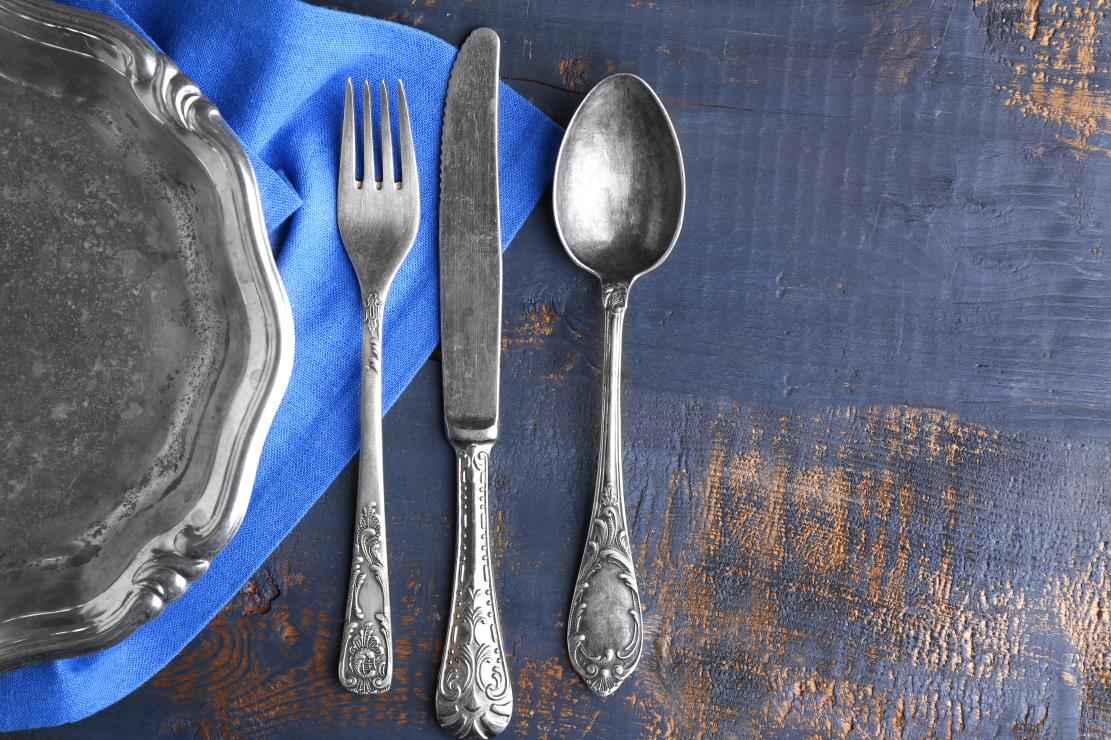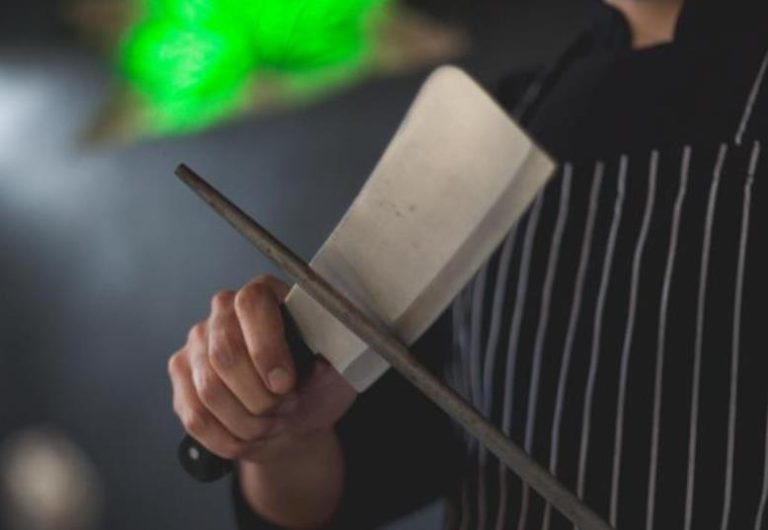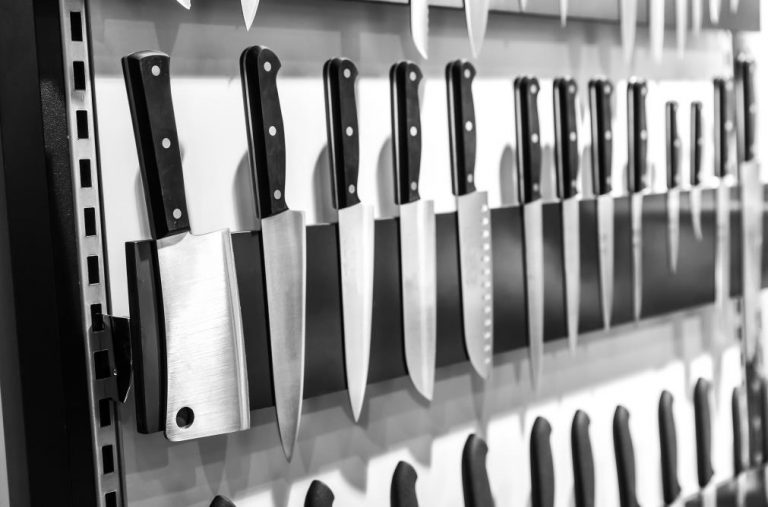A diverse, extensive catalog containing all the essential types of flatware is important for any business selling kitchen items. You can make profits off of them as sets or create signature products for your store.
In this guide, we’ll go over a whopping number of 20 types of flatware you can sell in your store. Each of them can be divided into four categories:
- Forks: from dinner fork to cocktail fork.
- Spoons: including tablespoon, bouillon spoon, etc.
- Knives: food-specialized blades from butter to steak.
- Other flatware: labor-saving add-ons like gravy ladle.
Read on to learn more about the different types of essential flatware items you should sell and get an in-depth overview of their features and uses.
Types of forks
A fork is a utensil commonly used for eating, consisting of a long handle with several narrow tines on one end. It is a versatile tool that can be used to pick up food with various sizes, shapes, and materials. We’ll look closely at four types in the following.
Dinner fork

A dinner fork is a crucial piece of cutlery that all stores should have in their flatware catalog. It is used for consuming main course dishes such as pasta and meat.
It is used for spearing and picking up bits of food, not cutting it. Good-quality dinner forks should be strong and durable since they are subject to washing and daily use.
A regular dinner fork features a slim body with a rectangular head and has four — sometimes three — equally thick tines. It can measure anywhere between 7 and 9 inches in length.
Dinner forks may have a non-slip handle, which helps prevent the fork from slipping or sliding when eating. Some dinner forks may also have a specialized tine design, such as a forked end for consuming items like salad or seafood.
Salad fork
A salad fork is a useful flatware utilized in different cuisines. It is used for the entrée course of a meal, such as salads and appetizers. Salad forks are a relatively new addition to utensils used in formal place settings but have become important components of standard flatware sets.
Coming in at 6 to 8 inches in length, salad forks are slightly smaller than dinner forks but are similar in appearance. Currently, two types of salad forks are used: European (two, three, or four tines) and American (four or five tines).
Cocktail fork
Also referred to as a seafood fork, a cocktail fork is useful for garnishing drinks at cocktail parties, making hosting more efficient.
Cocktail forks are also used to pick out garnishes such as shrimp, cherries, and olives from drinks. This type of fork is often used with a cocktail spoon to spear food bits, allowing the spoon to scoop them up.
They can range from 4.5 to 5.5 inches in length and have either two or three tines. Interestingly, some designs feature tines curving outward instead of straight.
Dessert fork
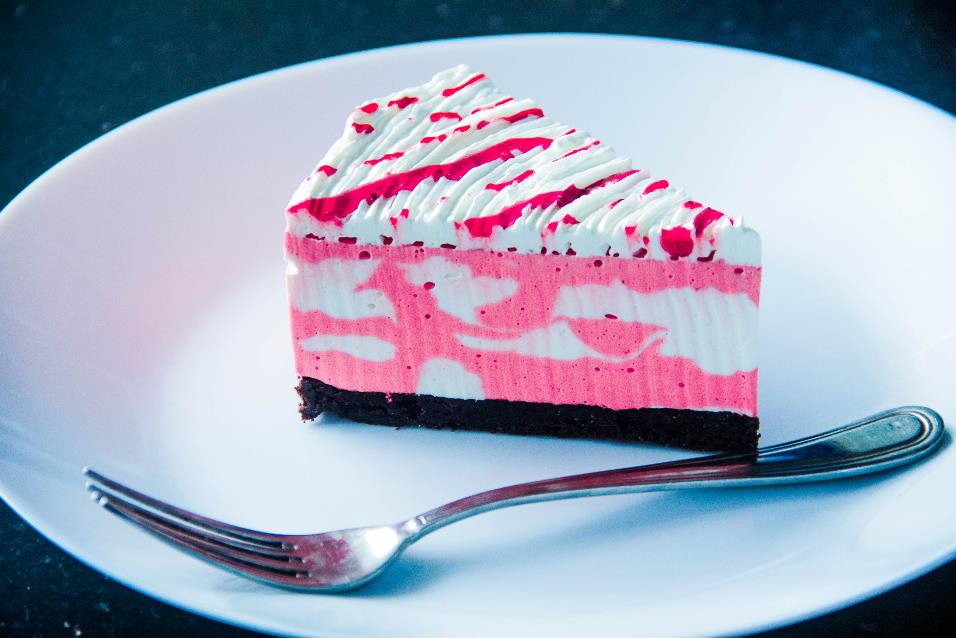
As the name implies, a dessert fork is used to work one’s way around desserts, especially pies, cakes, pastries, and other baked goods. Dessert forks resemble salad forks in design and shape but are slightly smaller.
Regular dessert forks normally have a length of 6 to 7 inches. Interestingly, the leftmost tine on a dessert fork is wider than the others since it is used to cut through food.
Like dinner forks, dessert forks may also have a specialized tine design, which makes them more suitable for consuming specific desserts like cheese or fruit.
Buy Wholesale Kitchenware and Start Scaling up with Us Today
Contact us and connect with a sales rep to get a free quote.
Types of spoons
Spoons are a crucial part of flatware sets. With their rounded bowl-shaped ends, they are ideal for scooping, stirring and eating both solid and liquid foods. Every flatware catalog should have a variety of spoons to meet various needs.
Table spoon
A table spoon is the most common type of spoon and is used for serving food such as stews, soups, and sauces. It is also used for eating cereal, porridge, and other similar dishes. It is typically placed to the right of a plate in a table setting and is widely used in formal and informal dining.
Due to their versatility, table spoons are used in all public eating establishments, from casual diners to formal high-end restaurants.
A table spoon is about 7 to 9 inches long – and features a 2 to 3 inches wide, oval-shaped bowl with a tapered tip. Due to its large size, it is paired with a similarly-sized dinner fork in most table settings.
Bouillon spoon

Bouillon means broth in French and is a special type of spoon used for sipping moderate-sized spoonfuls of soup in European-style meal settings. Bouillon spoons aren’t formally part of most table place settings and are used only for specific courses.
These small spoons range from 5 to 5.5 inches in length and have a nearly circular, highly rounded shape with a relatively deep bowl. The small size of a bouillon spoon makes it ideal for use as a taste-testing spoon, as it allows for small samples of soup or other liquids to be taken without having to commit to a larger portion.
Tea spoon
A tea spoon is versatile and can be used for scooping up small amounts of food like yogurt, cereal and oatmeal. They can also be used to make mini desserts, such as individual trifles or panna cotta, and to decorate cocktails using the rounded bowl to scoop up fruit or mint leaves.
It is extensively used in casual and formal dining arrangements and is considered a part of the 5-piece standard place setting. A tea spoon has a teardrop shape, round tips and an average length of 5.5 to 6.5 inches.
Demitasse spoon
A demitasse spoon is a small spoon commonly used to serve espresso coffee and other small portions of liquids at high-end eateries. It typically measures between 3 to 4 inches in length, and its petite bowl is perfect for holding a shot of espresso.
The rounded shape of the bowl allows for easy sipping, and the handle is long enough to reach the bottom of a small cup or espresso glass.
The demitasse spoon is also often used for serving small portions of desserts, such as sorbets or mousse, or for serving small portions of condiments, such as jam or honey.
Additionally, they can be used as a decorative element in a coffee or tea service, as they are often available in various designs and materials.
Dessert spoon
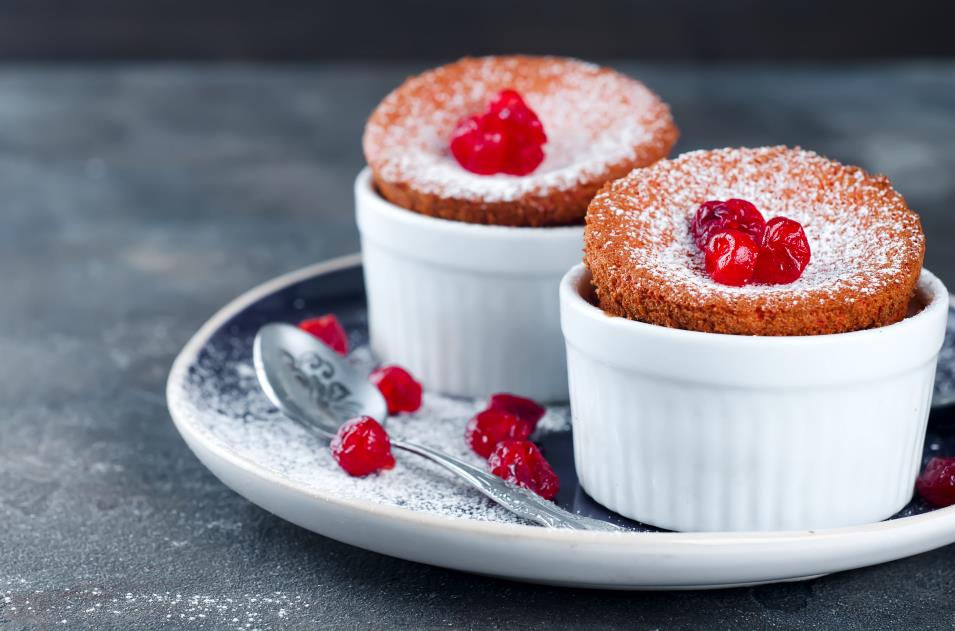
A dessert spoon is a medium-sized spoon designed to effectively scoop up the pudding, ice cream, and custard with their deep bowls.
While a dessert spoon might be substituted with a tea spoon in casual settings, the two are used separately in formal dining. They are also often used for mixing ingredients, such as whisking eggs or stirring hot chocolate.
The design of a dessert spoon can vary, but it usually has a teardrop-shaped bowl that is larger than a tea spoon but smaller than a table spoon. It has round tips and can range from 7 to 7.5 inches in length.
Soup spoon
Soup spoons facilitate eating liquid-based food such as chunky soup, chili, chowder, bouillon, and cream soup. Their special design allows them to hold large quantities of hot food and prevents it from spilling over the edges.
A soup spoon can measure 6 to 8 inches in length and has a distinctive bowl that is significantly deeper and wider than other spoons. Soup spoons don’t have a tip since they aren’t meant to dig into the food.
Iced tea Spoon
Iced tea spoons are special spoons with long and slightly curved handles, making them ideal for use with tall glasses or pitchers. These spoons allow easy stirring without reaching too far into the container.
They are mainly used to stir iced beverages like punch, lemonade, and iced coffee. They are also used for eating parfaits, sundaes, and ice cream, which makes them a versatile addition to a store’s catalog.
Iced tea spoons often come in different designs. Some may have a flat handle for stability when placing them on a table, while others may have a hook on the end of the handle for hanging the spoon on the side of a glass.
Casserole spoon
As the name suggests, casserole spoons are primarily used for serving dishes from a casserole or other similar container. They are highly versatile and can also serve stews, sauces, and vegetables, such as green beans or corn, and pasta dishes, such as lasagna or macaroni and cheese.
Casserole spoons have a long handle and an overall length of 8 to 9 inches. They have slender necks and significantly larger bowls in proportion to their body, making them ideal for use as serving spoons for buffet-style or family-style dining.
Place spoon
Place spoons are all-purpose medium-sized spoons used for various purposes during a meal, including sipping soup and eating cereal, dessert, and entrées.
Place spoons have an oval bowl with a large handle between 6.5 and 7.5 inches long. They are durable and practical, making them valuable to any flatware collection.
Types of table knives
With their long handles and large blades, knives are specialized utensils widely used to cut various foods. Different types of knives exist for different purposes and feature varying designs. Below, we explore the features and uses of 4 popular knife types.
Butter knife
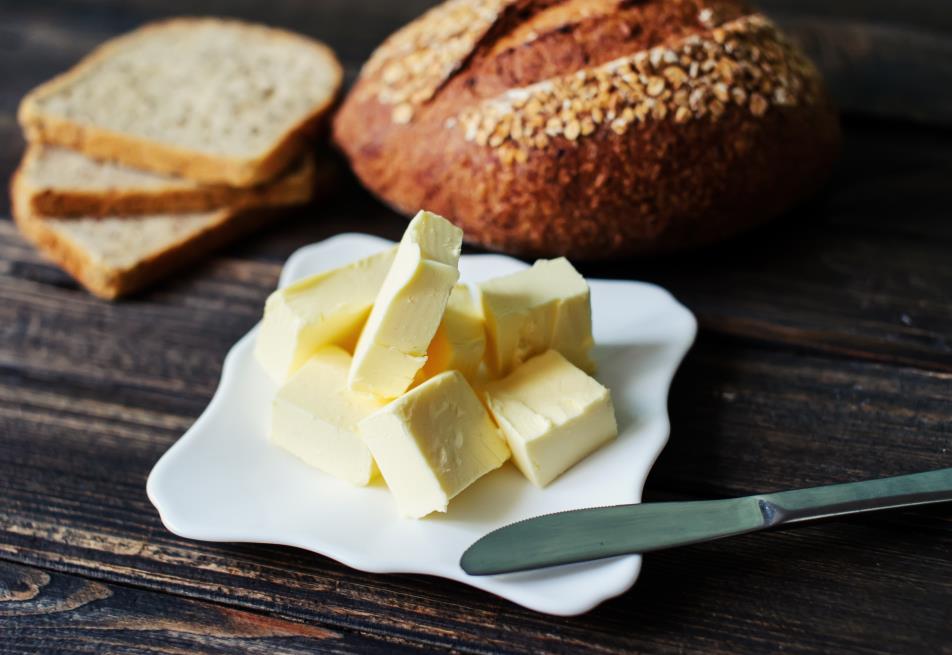
A butter knife is used to spread all types of butter and cream cheese. It has a rounded blade that is gentle enough to spread different types of spreads without damaging delicate bread or pastries.
The blade of a butter knife is usually flat and slightly curved, making it easy to scoop butter from a dish and spread it evenly. Stores sell simple butter knives with minimalist designs and ornate ones with intricate details.
Some butter knives have flat or slanted handles, making it easier for people who have difficulty using their hands to hold and use them. Butter knives are smaller than other knives, with an average length of 5 to 7 inches.
Dinner knife
A dinner knife is used for a variety of food items. It comes in two types of blades, smooth and serrated. A smooth blade can easily slice through delicate foods such as fruits and cheese, while a serrated edge can handle tougher fibers like vegetables.
Dinner knives also come with a non-slip handle, which helps to prevent the knife from slipping or sliding when cutting food. Some dinner knives may also have a specialized blade design, such as a granton edge, which creates air pockets between the food and the blade, making cutting through dense or sticky foods easier.
While not explicitly designed for it, a dinner knife is often used to cut meat, especially if it is not too rigid. Usually 8 to 9 inches in length, a dinner knife is a versatile and popular choice for any meal, making it a valuable addition to a kitchen.
Steak knife
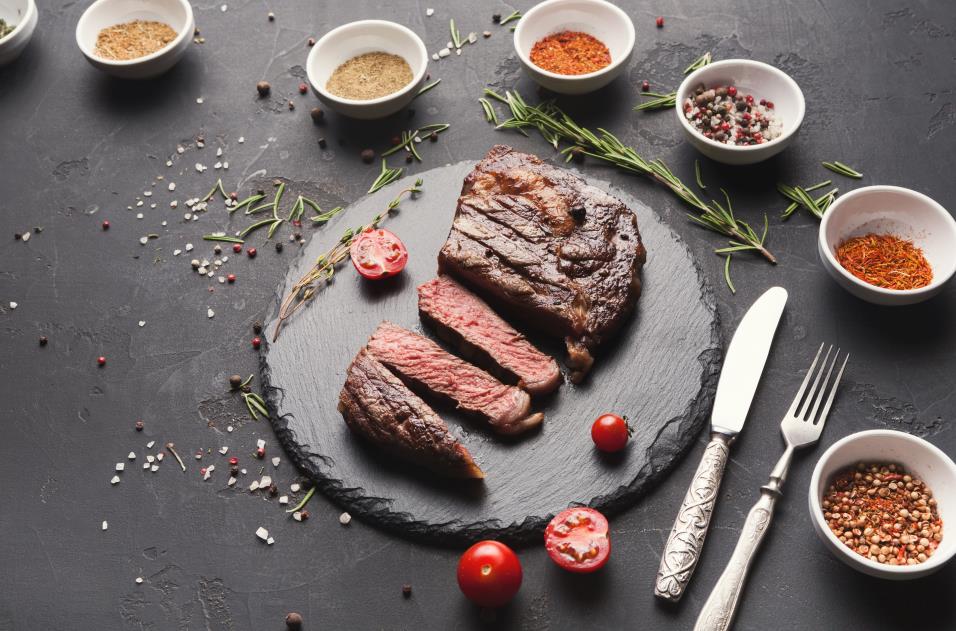
Steak knives are special knives designed to cut meat, such as steaks and pork chops. They’re widely used at steakhouses and casual and formal dining restaurants.
Its length varies between 8 to 10 inches. The blade can be either serrated or smooth to match the intended purpose.
Steak knife designs are mostly simple and practical; however, a few ornate ones are commonly used in fine dining.
Luncheon knife
Luncheon knives are used for lunch and other pre-dinner meals in informal and formal luncheons. The blade of a luncheon knife is usually smoother, making it ideal for cutting soft or delicate foods such as fruits, vegetables, and cheese.
It is smaller than a dinner knife and measures between 7 and 8 inches in length. It has a rounded or blunt tip, making it safer to use. Its smaller size makes it easy to handle, especially for people with smaller hands.
Luncheon knives are intended to be used with the luncheon plate and fork.
Other flatware
Besides primary flatware pieces such as forks, spoons, and knives, labor-saving auxiliary utensils are often needed. Specialized add-ons like cake servers and gravy ladles have efficient designs that can save time and effort. Here, we look at 3 such unique flatware items and their uses.
Gravy ladle
A gravy ladle is used for serving and portioning gravy, sauces and broths. It has a deep, rounded bowl with a capacity of 1 to 2 ounces that allow for easy scooping and pouring of liquids, making it ideal for serving at the dinner table or for use in the kitchen.
The handle of a gravy ladle is usually long, allowing for comfortable and safe handling when the ladle is filled with hot liquids.
Some gravy ladles are designed with a spout, making it easier to pour liquids neatly. Additionally, some gravy ladles have a hook or notch on the handle, allowing them to be hung on the side of a pot or saucepan when not in use.
Cake server
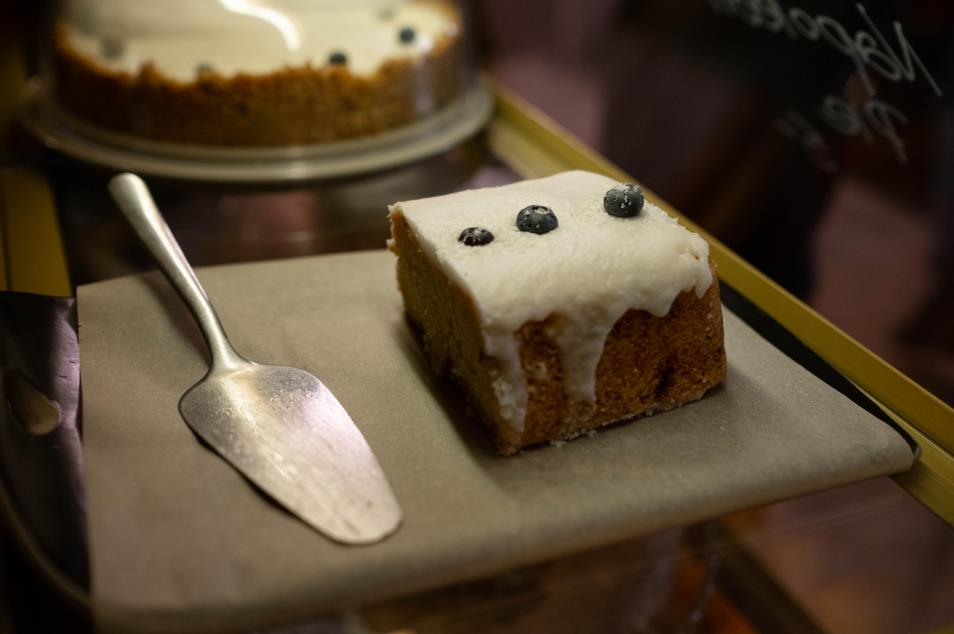
Cake servers are used to place and serve slices of desserts such as cake and pie and are frequently used at birthdays, weddings, and parties.
It typically has a wide, flat blade designed to cut through layers of a cake. Depending on the specific design, its blade may be straight or slightly curved, with serrated or smooth edges.
A cake server roughly measures 9 inches in length and may also have a built-in cutting guide, making it easier to cut even portions of cake, or a shaped blade, designed to fit the contours of a specific cake pan.
Pierced table spoon
Pierced tablespoons are used to drain casseroles, fruits, and vegetables before they can be served. They are similar in size to regular table spoons and have roughly the same shape and design.
The only difference is the presence of a pierced bowl instead of a solid one. Some designs feature simple circular holes, while others have intricately-shaped ones arranged in elaborate patterns.
Buy Wholesale Kitchenware and Start Scaling up with Us Today
Contact us and connect with a sales rep to get a free quote.
Flatware materials
Flatware utensils such as forks, spoons, and knives can be made from three different materials: sterling silver, silver plated, and stainless steel. Stainless steel is the most common material among the three and is made from a combination of nickel and chromium.
There are three different types of stainless steel that are represented by a combination of numbers:
- 18/0 stainless steel. Made solely from chromium, 18/0 steel has the simplest form out of the three and has a shorter lifespan. But they are cheaper to own that caters to your budget.
- 18/8 stainless steel. This type contains some amount of nickel and is more durable than 18/0 stainless steel. Flatware made from this type of stainless steel is commonly used in restaurants and kitchens.
- 18/10 stainless steel. The 18/10 stainless steel contains the highest concentration of nickel. It is the most durable type among the three, and flatware made from it can last a lifetime.
Final thoughts
When it comes to sourcing flatware essentials for your business, many options are available. However, choosing the right supplier is important if you want to sell top-quality products made from premium materials.
If you’re on the hunt for high-quality flatware pieces for your business, such as knives, get in touch with us. We’ll be able to help you with bulk purchases, private label branding, dropshipping, and other services.
